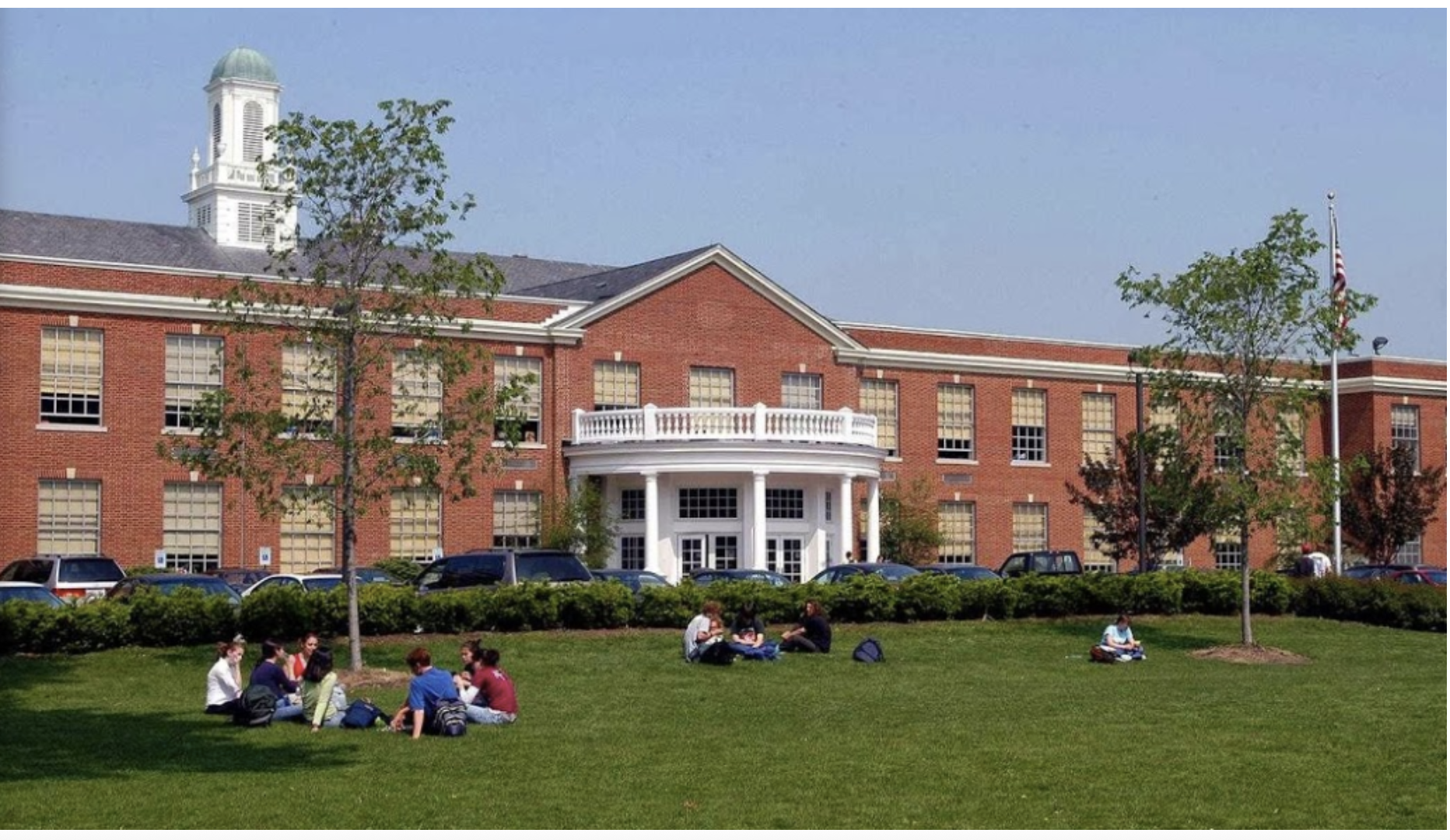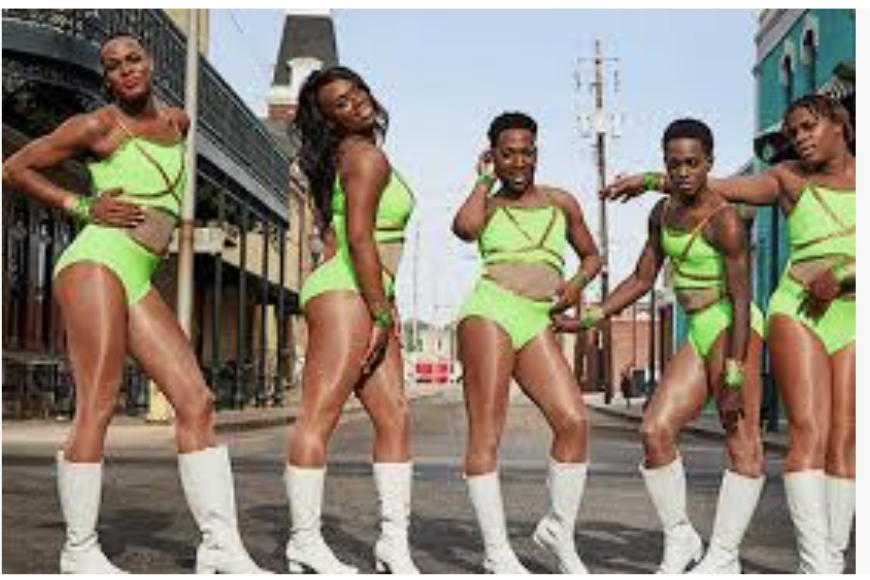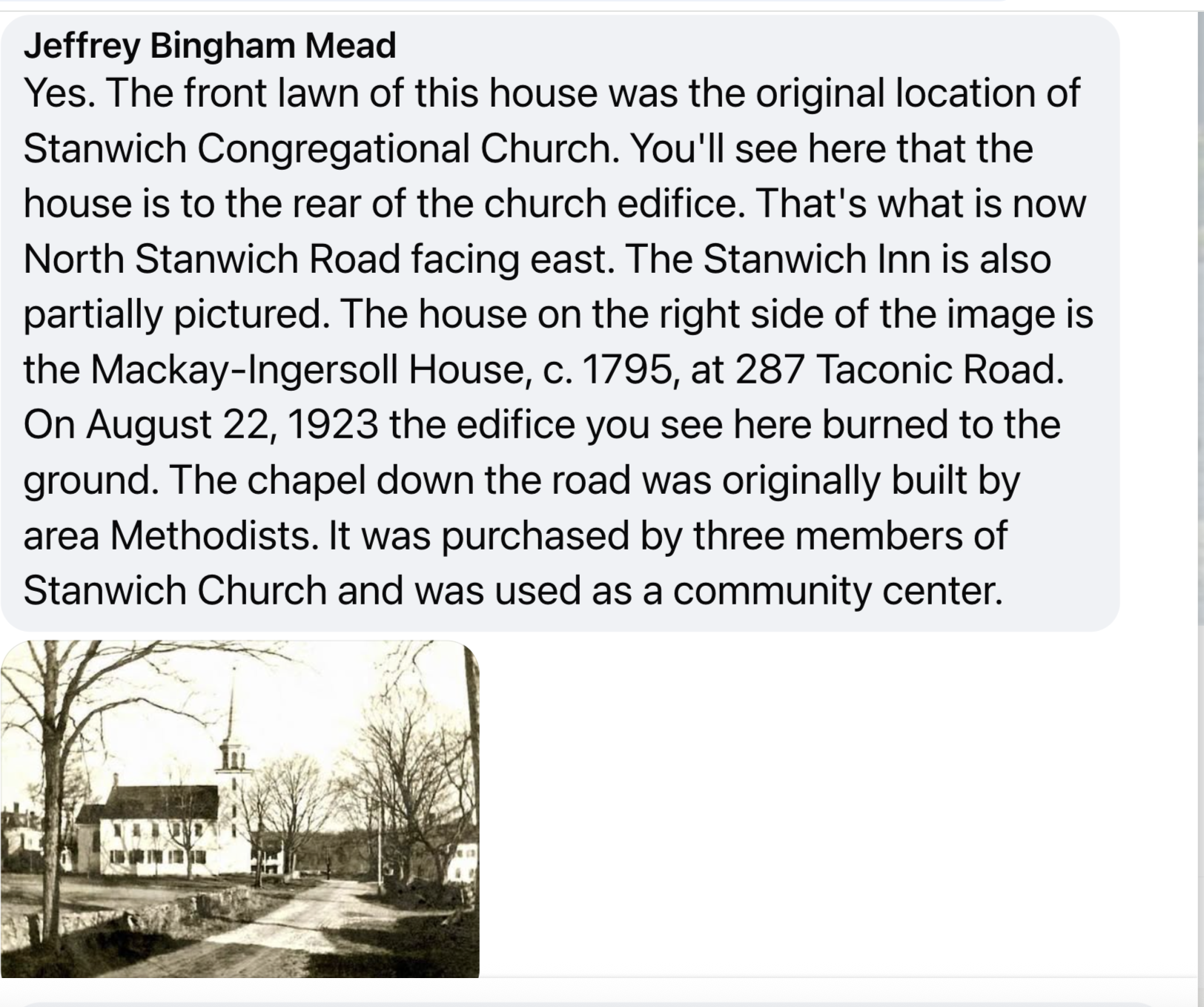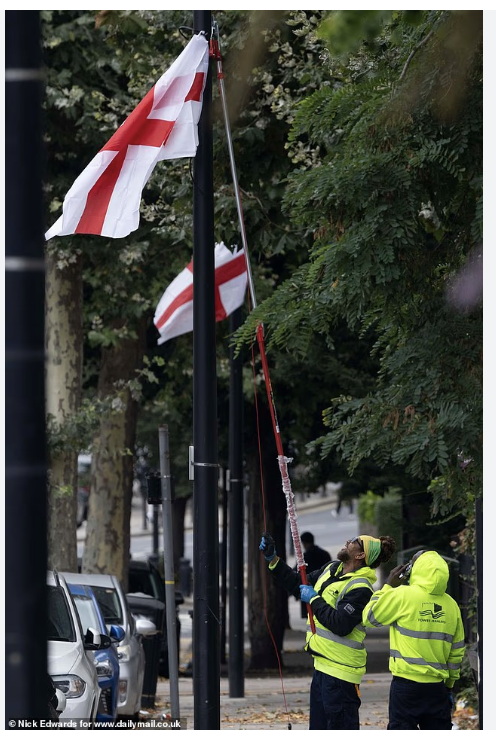Here are excerpts from the article in question. It’s lengthy, and much of it is given over to critics of Professor Ogbu — you can read those for yourself by clicking on the full article.
Cal Professor John Ogbu thinks he knows why rich black kids are failing in school. Nobody wants to hear it.
By Susan Goldsmith
May 21, 2003
The black parents wanted an explanation. Doctors, lawyers, judges, and insurance brokers, many had come to the upscale Cleveland suburb of Shaker Heights specifically because of its stellar school district. They expected their children to succeed academically, but most were performing poorly. African-American students were lagging far behind their white classmates in every measure of academic success: grade-point average, standardized test scores, and enrollment in advanced-placement courses. On average, black students earned a 1.9 GPA while their white counterparts held down an average of 3.45. Other indicators were equally dismal. It made no sense.
When these depressing statistics were published in a high school newspaper in mid-1997, black parents were troubled by the news and upset that the newspaper had exposed the problem in such a public way. Seeking guidance, one parent called a prominent authority on minority academic achievement.
UC Berkeley Anthropology Professor John Ogbu had spent decades studying how the members of different ethnic groups perform academically. He’d studied student coping strategies at inner-city schools in Washington, DC. He’d looked at African Americans and Latinos in Oakland and Stockton and examined how they compare to racial and ethnic minorities in India, Israel, Japan, New Zealand, and Britain. His research often focused on why some groups are more successful than others.
But Ogbu couldn’t help his caller. He explained that he was a researcher — not an educator — and that he had no ideas about how to increase the academic performance of students in a district he hadn’t yet studied. A few weeks later, he got his chance. A group of parents hungry for solutions convinced the school district to join with them and formally invite the black anthropologist to visit Shaker Heights. Their discussions prompted Ogbu to propose a research project to figure out just what was happening. The district agreed to finance the study, and parents offered him unlimited access to their children and their homes.
The professor and his research assistant moved to Shaker Heights for nine months in mid-1997. They reviewed data and test scores. The team observed 110 different classes, from kindergarten all the way through high school. They conducted exhaustive interviews with school personnel, black parents, and students. Their project yielded an unexpected conclusion: It wasn’t socioeconomics, school funding, or racism, that accounted for the students’ poor academic performance; it was their own attitudes, and those of their parents.
Ogbu concluded that the average black student in Shaker Heights put little effort into schoolwork and was part of a peer culture that looked down on academic success as “acting white.” Although he noted that other factors also play a role, and doesn’t deny that there may be antiblack sentiment in the district, he concluded that discrimination alone could not explain the gap.
“The black parents feel it is their role to move to Shaker Heights, pay the higher taxes so their kids could graduate from Shaker, and that’s where their role stops,” Ogbu says during an interview at his home in the Oakland hills. “They believe the school system should take care of the rest. They didn’t supervise their children that much. They didn’t make sure their children did their homework. That’s not how other ethnic groups think.”
It took the soft-spoken 63-year-old Nigerian immigrant several years to complete his book, Black American Students in an Affluent Suburb: A Study of Academic Disengagement, which he wrote with assistance from his research aide Astrid Davis. Before publication, he gave parents and school officials one year to respond to his research, but no parents ever did. Then Ogbu met with district officials and parents to discuss the book, which was finally published in January.
….
Shaker Heights is an upper-middle-class city whose roughly 28,000 residents live on lovely tree-lined streets that run through neighborhoods of stately homes and manicured lawns. Years ago, both blacks and Jews were prohibited from living in the community by restrictive real-estate covenants, but the civil rights era brought a new attitude to the Cleveland suburb, which voluntarily integrated and actively discouraged white flight. Today, blacks make up about one third of the community, and many of them are academics, professionals, and corporate executives.
Ogbu worked from the 1990 census data, which showed that 32.6 percent of the black households and 58 percent of the white households in Shaker had incomes of $50,000 a year or more — a considerable sum in northeast Ohio. It also was a highly educated community, where 61 percent of the residents graduated from college, about four times the national average. The school district was a model of success, too: Considered one of the best in the nation, it sent 85 percent of its students to college. Today, the district has approximately 5,000 students, of whom 52 percent are African American.
These were the kids of primarily well-educated middle- to upper-class parents, and yet they were not performing on a par with their white classmates in everything from grade-point average to college attendance. Although they did outperform other black students from across Ohio and around the country, neither school officials nor parents were celebrating.
….
The question of what students in Shaker Heights brought to school from their homes turned out to be profound. Black homes and the black community both nurtured failure, he concluded.
When Ogbu asked black students what it took to do well in the Shaker district, they had the right answers. They knew what to say about how to achieve academic success, but that knowledge wasn’t enough. “In spite of the fact that the students knew and asserted that one had to work hard to succeed in Shaker schools, black students did not generally work hard,” he wrote. “In fact, most appeared to be characterized by low-effort syndrome. The amount of time and effort they invested in academic pursuit was neither adequate nor impressive.”
Ogbu found a near-consensus among black students of every grade level that they and their peers did not work hard in school. The effort these students put into their schoolwork also decreased markedly from elementary school to high school. Students gave many reasons for their disinterest. Some said they simply didn’t want to do the work; others told Ogbu “it was not cool to be successful.” Some kids blamed school for their failures and said teachers did not motivate them, while others said they wanted to do well but didn’t know how to study. Some students evidently had internalized the belief that blacks are not as intelligent as whites, which gave rise to self-doubt and resignation. But almost all of the students admitted that they simply failed to put academic achievement before other pursuits such as TV, work, playing sports, or talking on the phone.
The anthropologist also looked at peer pressure among black students to determine just what effect that had on school performance. He concluded that there was a culture among black students to reject behaviors perceived to be “white,” which included making good grades, speaking Standard English, being overly involved in class, and enrolling in honors or advanced-placement courses. The students told Ogbu that engaging in these behaviors suggested one was renouncing his or her black identity. Ogbu concluded that the African-American peer culture, by and large, put pressure on students not to do well in school, as if it were an affront to blackness.
The professor says he discovered this sentiment even in middle- and upper-class homes where the parents were college-educated. “Black parents mistrusted the school system as a white institution,” he wrote. They did not supervise their children’s homework, didn’t show up at school events, and failed to motivate their children to engage in their work. This too was a cultural norm, Ogbu concluded. “They thought or believed, that it was the responsibility of teachers and the schools to make their children learn and perform successfully; that is, they held the teachers, rather than themselves, accountable for their children’s academic success or failure,” he wrote.
Why black parents who mistrusted the school district as a white institution would leave it up to that same system to educate their children confounded Ogbu. “I’m still trying to understand it,” he conceded. “It’s a system you don’t trust, and yet you don’t take the education of your own kids into your hands.”
….
In Ogbu’s work with other American minority groups, the anthropologist has identified a core distinction that he believes is central to academic success or failure. It is the idea of voluntary, versus involuntary, minorities. People who voluntarily immigrate to the United States always do better than the involuntary immigrants, he believes. “I call Chicanos and Native Americans and blacks ‘involuntary minorities,'” he says. “They joined American society against their will. They were enslaved or conquered.” Ogbu sees this distinction as critical for long-term success in and out of school.
“Blacks say Standard English is being imposed on them,” he says. “That’s not what the Chinese say, or the Ibo from Nigeria. You come from the outside and you know you have to learn Standard English, or you won’t do well in school. And you don’t say whites are imposing on you. The Indians and blacks say, ‘Whites took away our language and forced us to learn their language. They caused the problem.'”
….
Ogbu did, in fact, note that teachers treated black and white students differently in the 110 classes he observed. However, he doesn’t believe it was racism that accounted for the differences. “Yes, there was a problem of low teacher expectations of black students,” he explains. “But you have to ask why. Week after week the kids don’t turn in their homework. What do you expect teachers to do?”
….
John McWhorter, the author of Losing the Race: Self-Sabotage in Black America, says Ogbu’s book roiled the waters of academia, which he believes is too invested in blaming whites for the problems plaguing black America. “There’s a shibboleth in the academic world and that is that the only culture that has any negative traits is the white, middle-class West,” says McWhorter, a UC Berkeley professor of linguistics who is currently serving as a senior fellow at the Manhattan Institute, a New York think tank.
McWhorter’s own book, based largely on the author’s experiences as a black man and professor, blames a mentality of victimhood as the primary reason for most of the problems in black communities — including educational underachievement. “There’s an idea in black culture that says Plato and hypotenuses are for other people,” he says. “There is an element of black identity today that sees doing well in school as being outside of the core of black identity. It’s a tacit sentiment, but powerful. As a result of that, some of what we see in the reluctance of many parents, administrators, and black academics to quite confront the ‘acting white’ syndrome is that deep down many of them harbor a feeling that it would be unhealthy for black kids to embrace school culture too wholeheartedly.”
….
Ogbu is adamant in his belief that racism alone does not account for the distressing differences. “Discrimination is not enough to explain the gap,” he says. “There are studies showing that black African immigrants and Caribbean immigrants do better than black Americans even though some of them come with language barriers. It’s just not race.”
Ogbu believes he knows this firsthand. The son of parents who couldn’t read, he grew up in a remote Nigerian village with no roads. His father had three wives and seventeen children with those women. Ogbu has a difficult time explaining his own academic success, which has earned him numerous accolades throughout his career. He did both undergraduate and graduate work at Berkeley and has never left. When pressed, he says he believes his own success primarily stems from being a voluntary immigrant who knew that no matter how many hurdles he had to overcome in the United States, his new life was an improvement over a hut in Nigeria with no running water. Involuntary immigrants don’t think that way, he says. They have no separate homeland to compare things to, yet see the academic demands made of them as robbing them of their culture. Ogbu would like to see involuntary immigrants, such as the black families in Shaker Heights, think more like voluntary immigrants. In doing that, he says, they’d understand that meeting academic challenges does not “displace your identity.”













